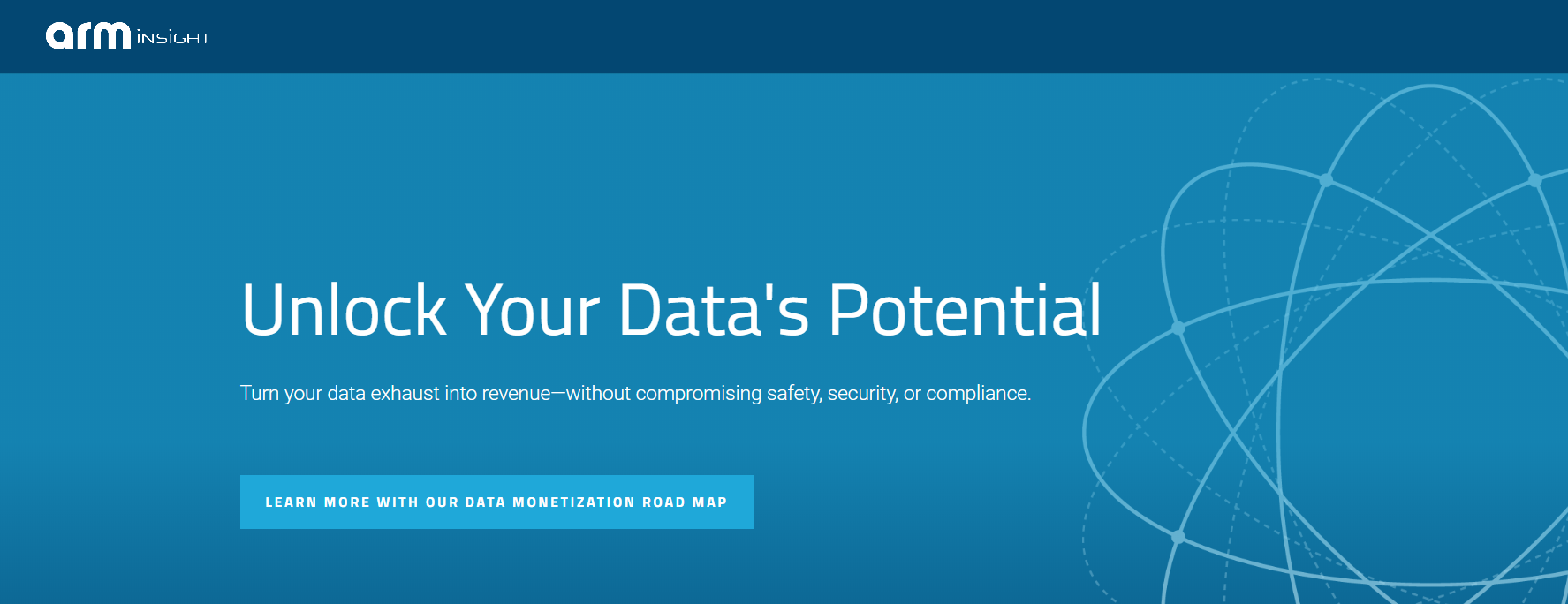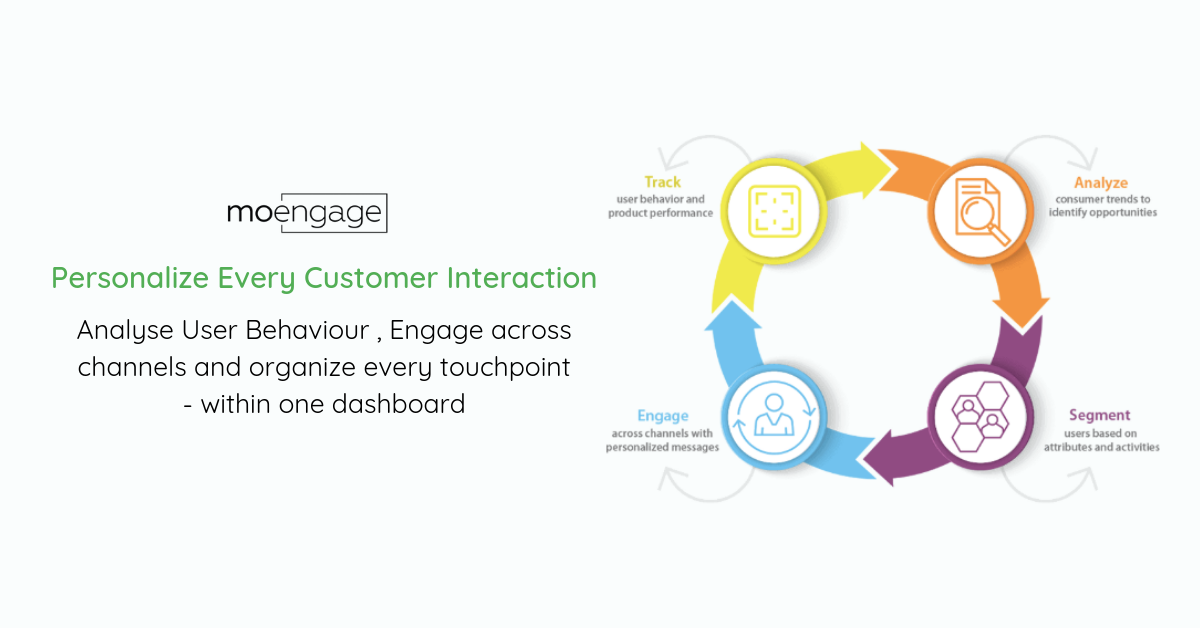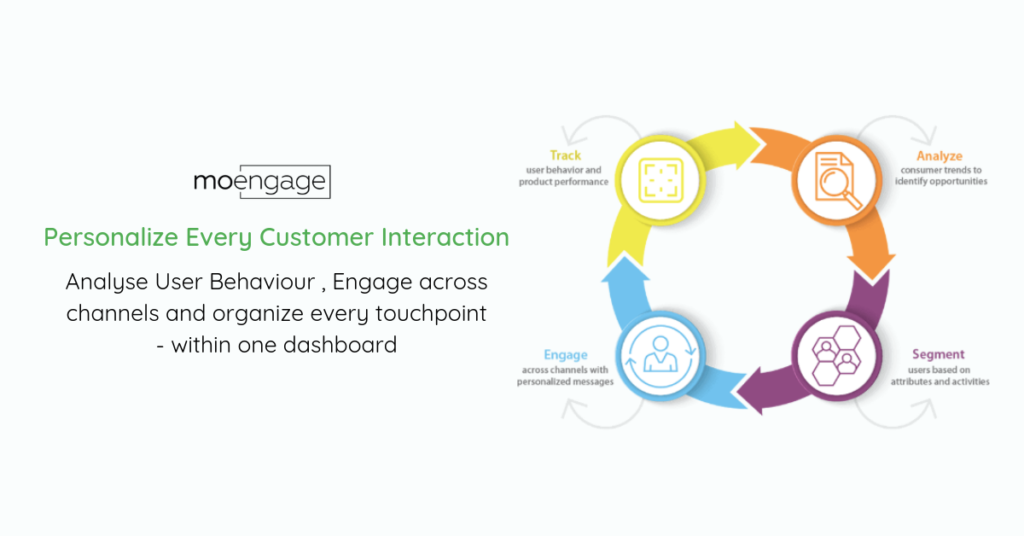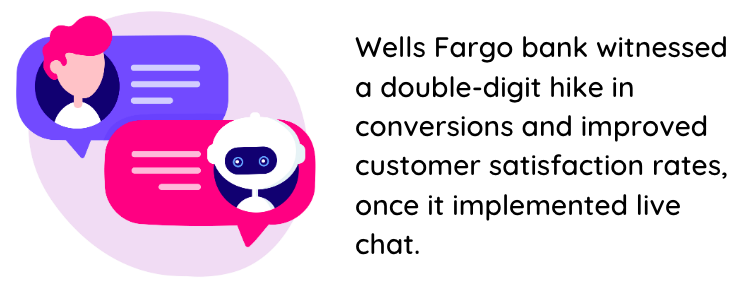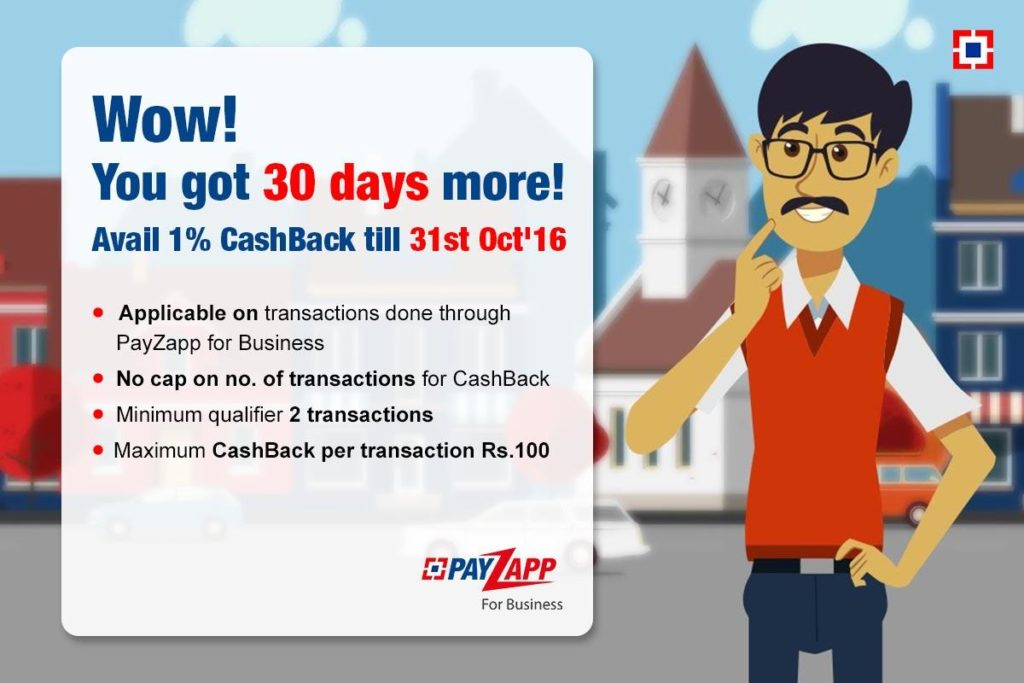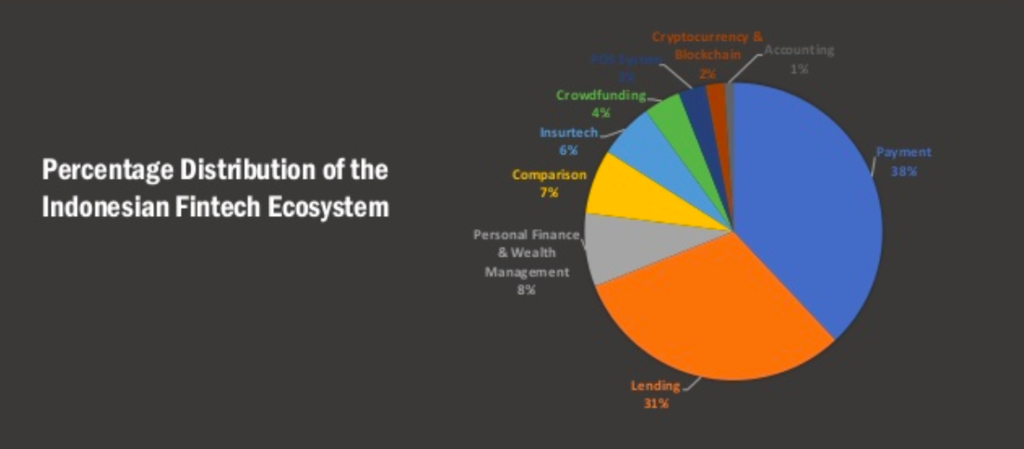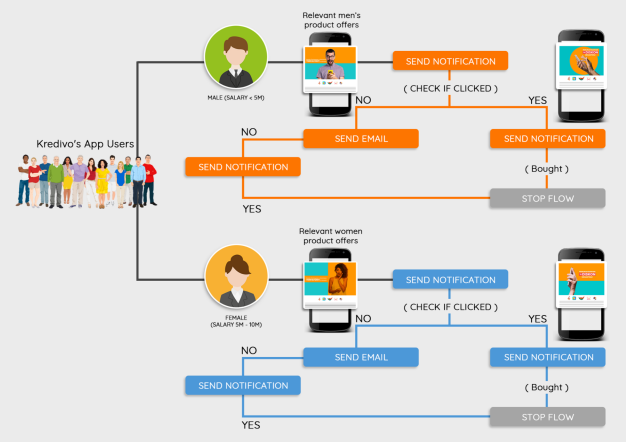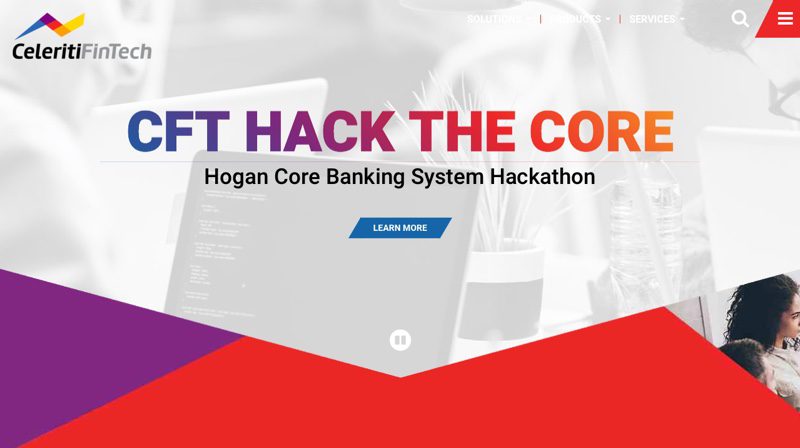This is a sponsored post by Accusoft. For more information on sponsored contributions please email [email protected].
Accounts payable (AP) processes remain a sticking point for many organizations. Caught between the efficiency issues of paper-based solutions and the potential complexity of adopting technology-driven services, stagnation often results. Accusoft explores its top five tips to smooth out your system and reap the rewards.
Businesses now recognize the necessity of change, but many aren’t sure where to start. When it comes to new permutations of payable processes, a roadmap is invaluable. Here’s a look at five key forms completion and invoice processing improvements to help companies account for evolving AP expectations.
- Identifying errors
Staff remain the biggest source of AP errors. There’s no malice here; humans simply aren’t the ideal candidates for repetitive data entry. In this case, effective implementation of new processes depends on customizable software tools capable of accurately capturing forms data and learning over time to better identify and avoid common errors. The benefit? Staff are free to work on time-sensitive AP approval and reviews rather than double-checking basic forms data.
2. Improving invoice routes
Invoice routing is time-consuming and often confusing for AP staff. To avoid potential oversights, most companies use two to three approvers per invoice, creating multiple approval workflows. While the process reduces total error rates, it also introduces new complexity. What happens if invoice versions don’t match or approvers don’t agree on their figures? In the best-case scenario, your company needs extra time to process every invoice. Worst case? Double payment of AP invoices or payments result in missed critical deadlines. Here, a single-application approach to invoice processing helps improve invoice routes and reduce redundant approval steps.

3. Integrating data location
Where is your accounts payable data located? For many companies, there’s no easy answer; some invoices are paper, others are digitally stored on secure servers, and there are still more trapped in emails and messages across your organization. Instead of chasing down AP data, implement an invoice rehoming process. Solutions like Accusoft’s FormSuite for Invoices support thousands of invoice formats and keep them all in the same place.
4. Innovating at speed and scale
Complexity holds back many accounts payable programs. If new technologies complicate existing processes, employee error rates will go up and there’s a chance they’ll avoid digital deployments altogether in favor of familiar paper alternatives. In this case, automation is the key to implementation; speedy solutions capable of scanning paper forms, identifying key data, and then digitally converting this information at scale.
5. Increasing visibility
You can’t fix what you can’t see. Paper-based invoice processing naturally frustrates visibility by making it difficult to find key documents and assess total financial liabilities. Integrated APIs that work with your existing accounts payable applications can help improve inherent visibility by creating a single source of AP data under the secure umbrella of your corporate IT infrastructure.






